Six months in the dark
The Pyrenean lakes have a glacial origin and are characteristically subject to extreme conditions. Their waters are very cold and contain few nutrients.
One of their distinguishing features is that in the winter their waters ice over. The snow that accumulates on the ice leaves the interior of the lakes in the dark for half of the year, which means that the species that live there must be adapted to a very marked seasonal cycle.
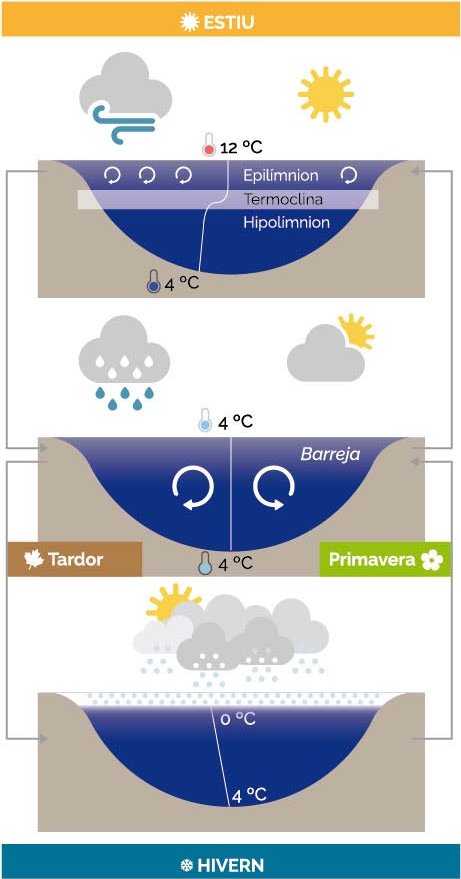
Not all the same
The individual characteristics of the lakes dictate which species live there:
- Altitude. The higher the lake, the colder its water and the less organic remains enter it because there is less vegetation in the basin.
- Mineral salts vary depending on the geology of the basin. The water of the lakes on granite is less mineralised.
- Their size can vary from a few square metres to more than 50 hectares in the case of the largest. The ponds and small lakes completely ice over in the winter and can dry up in the summer.
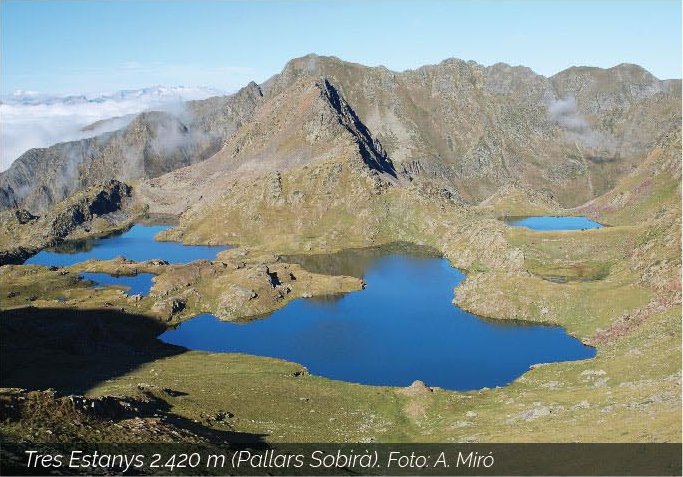
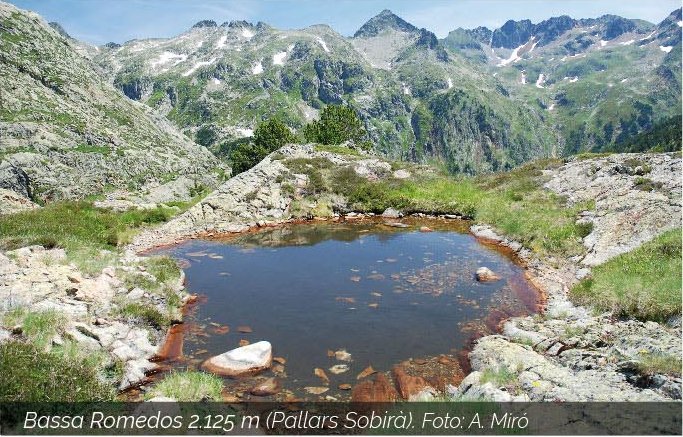
Much more than cold water
There is a wide diversity of species in the Pyrenean lakes, ranging from organisms that live in suspension in the water and form part of the plankton (algae, water fleas and copepods) to the plants, molluscs, worms, insects and amphibians than live on the bed or the shores, to the birds and bats that feed on the insects that emerge from the water.
Amphibians
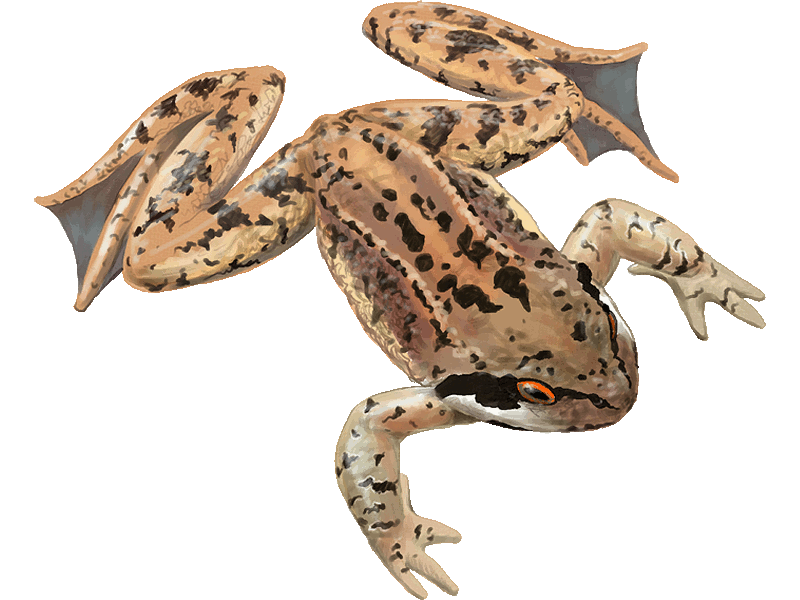
The common frog spawns gelatinous masses of eggs in the waters of the high-mountain lakes and ponds where it is the most common amphibian. The tadpoles are mainly herbivores.
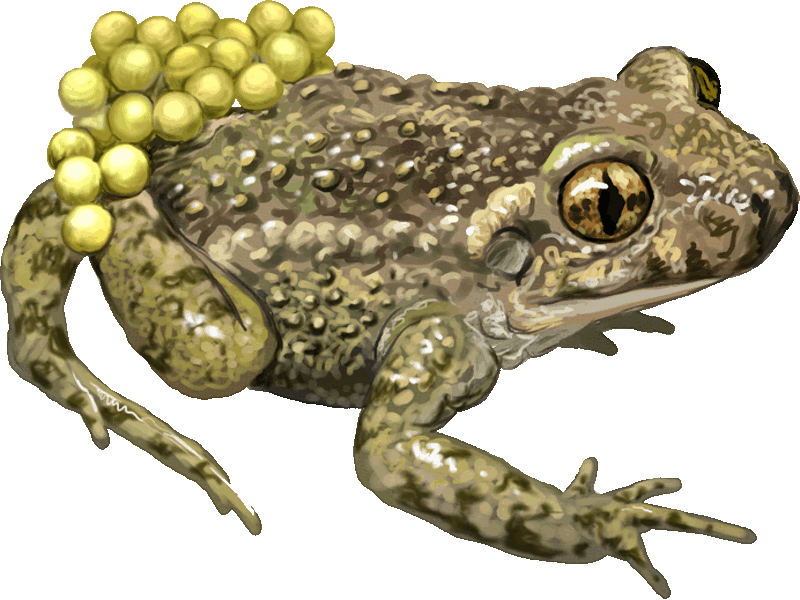
In the mating season, the male common midwife toad emits a metallic tweet and carries the eggs on its back legs. The tadpoles are bigger and faster and they need more than a year to complete their life cycle, which is why they are never found in small lakes and ponds that could dry up in summer.
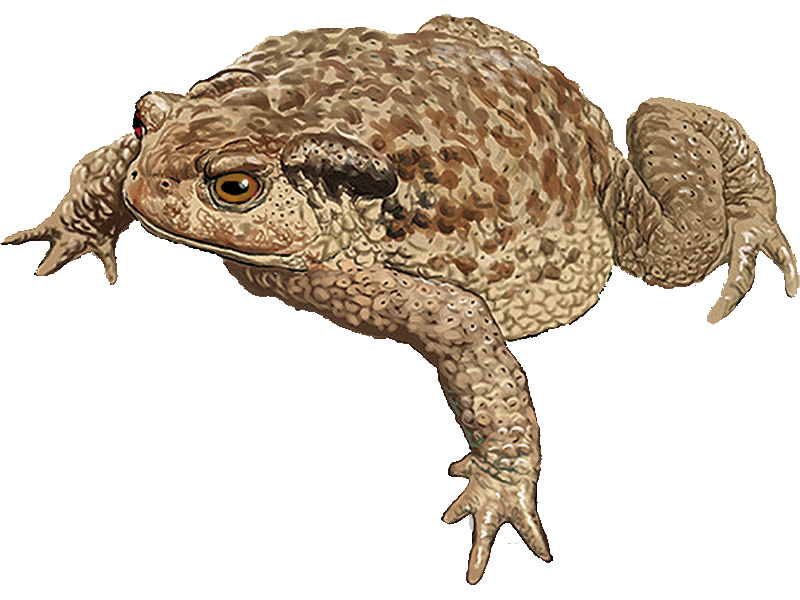
The common toad is large and nocturnal and lays long cords of eggs in still waters. The tadpoles are small and black and can be found only in the warmest lakes and ponds.
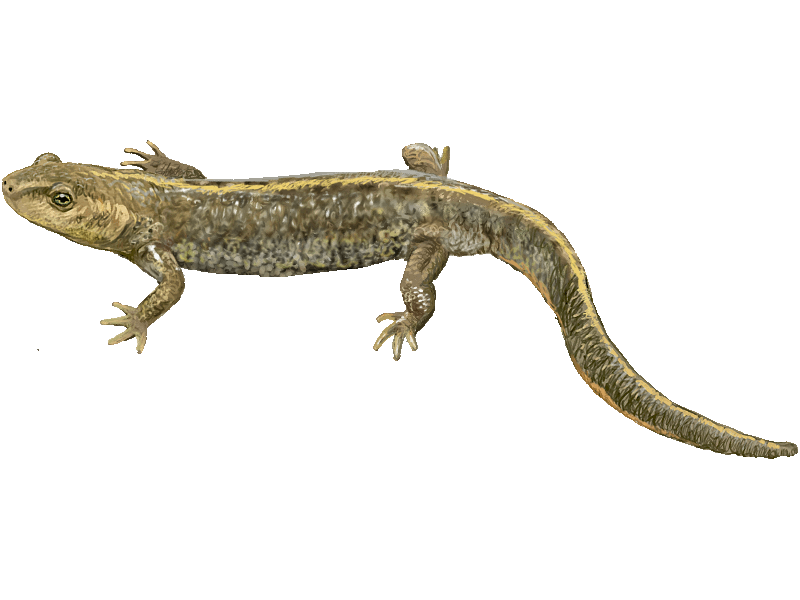
The
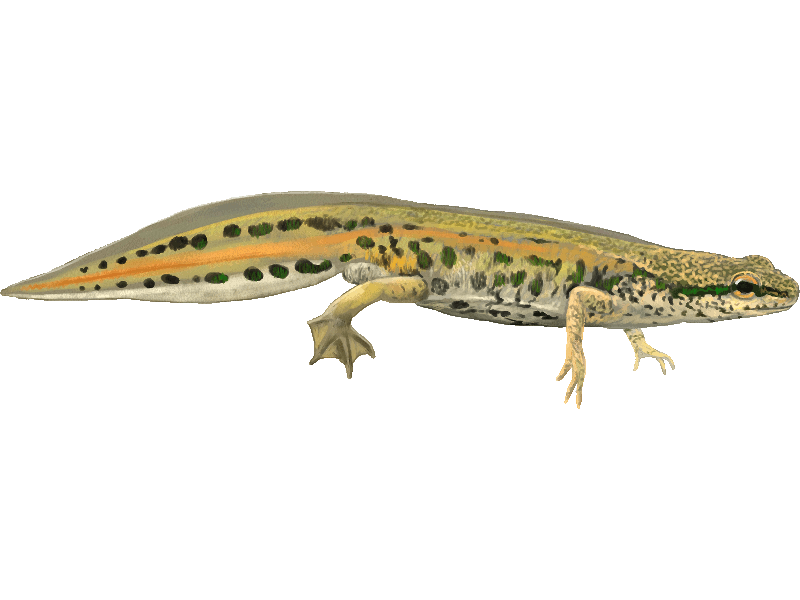
The palmate newt, small with a flat tail, is found all over western Europe, but only in clean waters. It can live in lakes at high altitudes, where it is present all year round.
Who is eaten by who
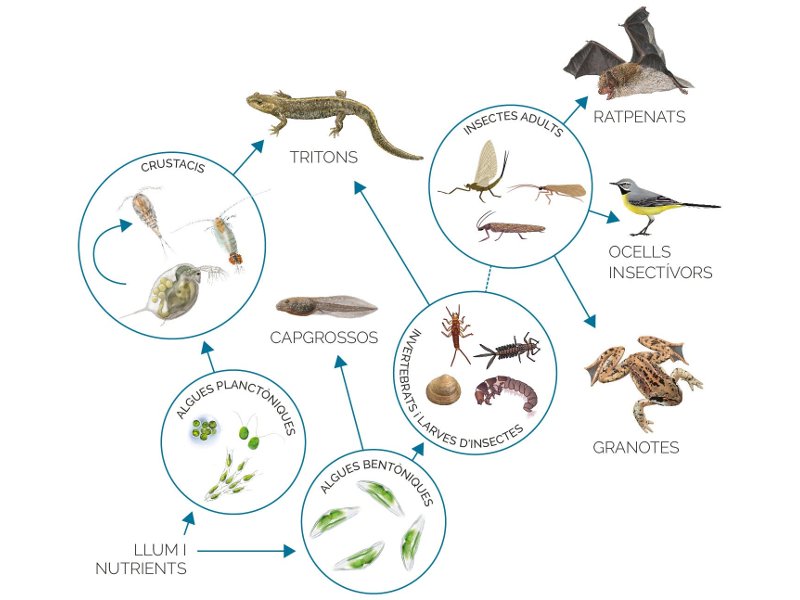
Aquatic plants
In lakes at medium and low altitudes dense meadows of aquatic plants grow. The mountain bur-reed with its floating leaves is the most common species and is frequently found along the shallow banks of the lakes. Lawns of quillworts, awlwort, watermilfoil and pondweeds are frequently found underwater.
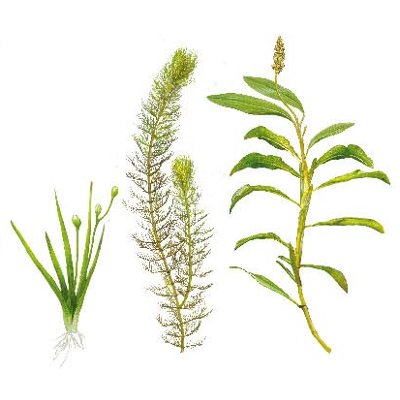
Conservation risks
Some of the principle threats to the species that live in the lakes are:
- The introduction of invasive species of fish that prey on the most conspicuous species such as invertebrates, insect larva and amphibians.
- ASome lakes, especially the largest ones, have been used for hydraulic exploitation, which alters the shoreline habitat and the species that live there.
- Even though the lakes are found in remote areas diffuse contamination from the high layers of the atmosphere reaches them, which is detected mainly in the species at the top of the food chain./li>

